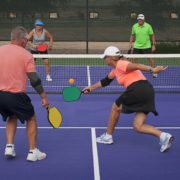5 Natural Ways to Keep Your Knees Healthy and Moving This Summer
When you live in New England, summer is a short and precious season. And you don’t want something like nagging knee pain ruining it for you. Whether you’re walking the beach, gardening, playing a round of golf or pickle ball, or tackling your favorite hiking trail – knee pain can quickly turn your favorite summer activities into frustrating experiences.
The good news?
There’s a lot you can do – starting right now – to protect and support your knees naturally.
Here are five of my top tips for helping people keep their knees healthy and mobile – so you can enjoy your summer instead of worrying about knee pain:
-
Strengthen Your Hips and Core
Your knees don’t operate in isolation. They rely on surrounding muscles – especially your hips and core – for proper support and alignment. When these areas are weak, your knees can become stiff and painful due to the extra strain they have to endure to compensate. Strengthening your hips and core improves not only how your knees feel and function, but how your entire body moves. And the better you move as a whole, the less likely you’ll be to place unwanted stress on your knees.
-
Optimize Your Knee Mobility
One of the most important principles I share with patients is “mobility before stability.” If your joints are stiff, the muscles around them can’t function properly. When it comes to knees, that little bit of hyperextension or “give” at the end of your range isn’t just normal – it’s often a critical yet overlooked aspect of healthy knee function. I see this missed all the time in rehab protocols, especially after procedures like arthroscopy. It may seem minor at the time, but years later, that unaddressed stiffness can cause big problems. I also frequently see issues when one knee is significantly less mobile than the other – often due to a past injury – which can lead to imbalance and compensation elsewhere. When you optimize your knee mobility, your knees will move and feel better. So keep them moving – and stop “protecting” them so much. You may be doing more harm than good.
-
Stop Sitting So Much
You hear this advice all the time when it comes to back health – but did you know that sitting too much isn’t great for your knees either? Prolonged sitting – whether at a desk, in the car, or lounging – can lead to stiffness and reduced circulation in your knees. It also tightens your hip flexors and hamstrings, which can place abnormal stress on your knee joints. Knees don’t like being in one position for too long. If you notice that your first few steps after sitting feel achy or painful, it’s a sign you need to move more. Make it a point to stand up, stretch, or take a short walk at least once every 30 minutes. These quick breaks go a long way in supporting knee health – and your spine will thank you, too.
-
Choose Supportive Footwear
Footwear plays a significant role in how your knees feel. The shoes you wear impact how forces travel up through your legs – and summer favorites like flip-flops often provide little to no support. Poor footwear can alter your gait and posture, placing unnecessary strain on your knees. When choosing shoes, look for options that are comfortable and offer good arch support and cushioning – especially if you’ll be walking or standing for long periods. Also consider the width of your shoes, as feet tend to swell and widen in the heat during extended activity. Supportive sandals do exist – just be mindful of when and how long you wear less supportive styles.
-
Work on Your Balance
Balance isn’t just important for fall prevention – it also plays a key role in how well your joints absorb and distribute force. Good balance ensures that your feet, ankles, and core work together to stabilize your movements. When that coordination is off, your knees often have to compensate, which can lead to pain and unwanted wear and tear over time. Simple balance exercises – or activities like yoga, which emphasize control and stability – can help retrain your neuromuscular system and reduce unnecessary strain on your knees. You’ll notice the benefits of improved balance in all areas of life, but especially during favorite summer activities like hiking, pickleball, beach walks, and paddleboarding.
If you’re dealing with persistent knee pain – even one or two of these strategies could make a noticeable difference.
And if your knee pain is keeping you from being active or doing your favorite summer activities, it might be time to seek expert help. A physical therapist who specializes in mechanical pain can assess your movement and identify the root cause – so you can get back to doing what you love – and without having to rely on pills or surgery.
Dr. Carrie Jose, Physical Therapy Specialist, and Mechanical Pain Expert, owns CJ Physical Therapy & Pilates in Portsmouth, NH, and writes for Seacoast Media Group. If local to Portsmouth, NH, and looking for help – request a FREE Discovery Visit with one of her Specialists by CLICKING HERE.



